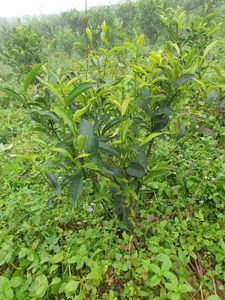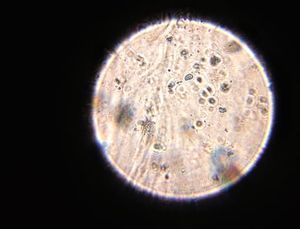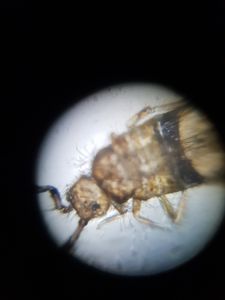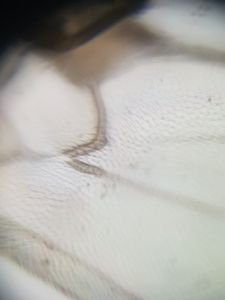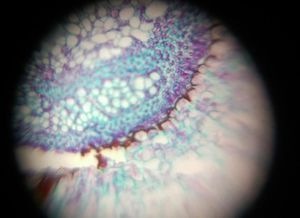Stem infection of Tulsi (Ocimum tenuiflorum) grown in a pot by Botryosporium longibrachiatum
 Oct 25, 2019 • 10:31 PM UTC
Oct 25, 2019 • 10:31 PM UTC Unknown Location
Unknown Location 140x Magnification
140x Magnification Unknown
Unknownpraveen_rahi
Learn about the author...
20posts
2comments
2locations

Tulsi is cultivated for religious and traditional medicine purposes by every household in India. It has a place within the Hindu traditions, in which devotees perform worship involving holy basil plants or leaves.
I also have tulsi plants are grown in my balcony, last Sunday morning, I observed white cottony hoar-frost fungal growth on the stem of Tulsi plant (Fig. 1).
I also have tulsi plants are grown in my balcony, last Sunday morning, I observed white cottony hoar-frost fungal growth on the stem of Tulsi plant (Fig. 1).

Fig. 1 Hoar-frost fungal infestation on Tulsi stem. To take a close look, I observed a Macro lens with my Samsung S9 phone, I could see elongated and upright conidiophore (Fig. 2).
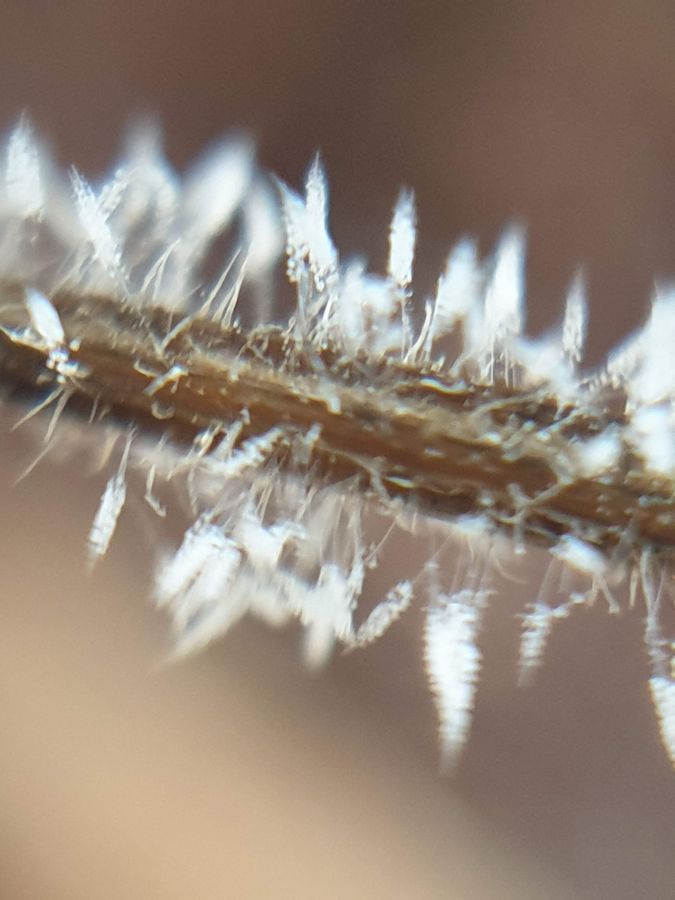
Fig. 2 Upright Conidiophores of B. longibrachiatum on the tulsi stem. I took a glass slide, which I always keep at home along with foldscope kit, and transferred the fungal growth from the stem to slide using a needle. After observing it under foldscope, I could see lateral fertile branches in acropetal order (Fig. 3).

Fig. 3 Lateral fertile branches of B. longibrachiatum in acropetal order
After using the digital zoom function of my smartphone, I could capture the conidia, which were hyaline and oval in shape, and often found in clusters (Fig. 4).
After using the digital zoom function of my smartphone, I could capture the conidia, which were hyaline and oval in shape, and often found in clusters (Fig. 4).

Fig. 4 Cluster of conidia of B. longibrachiatum
Sign in to commentNobody has commented yet... Share your thoughts with the author and start the discussion!

 0 Applause
0 Applause 0 Comments
0 Comments